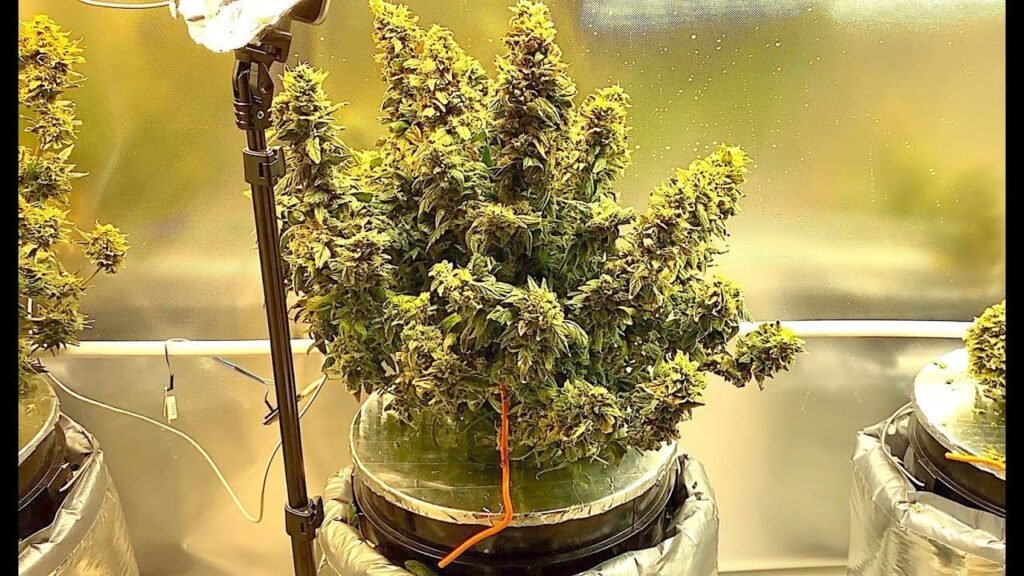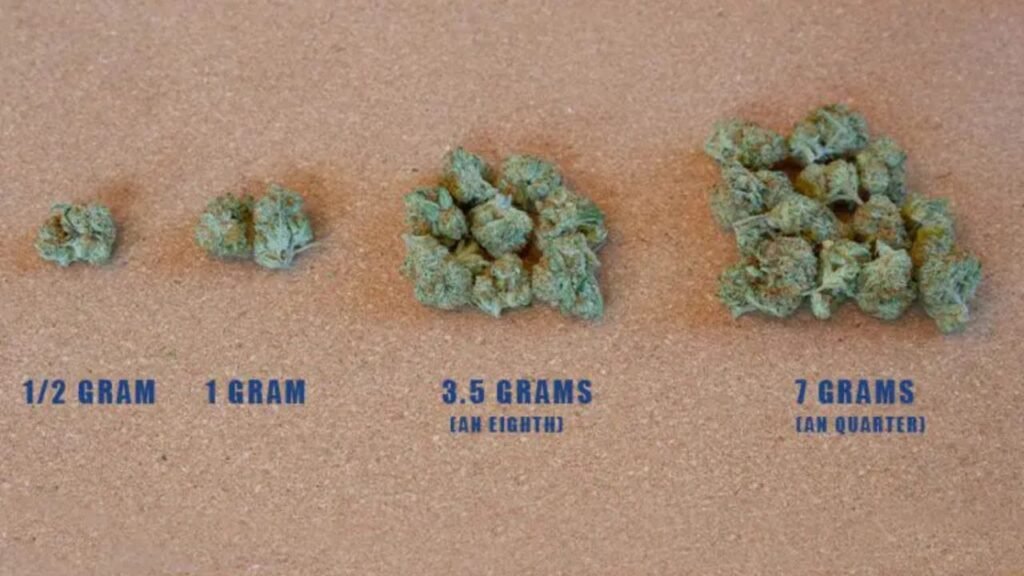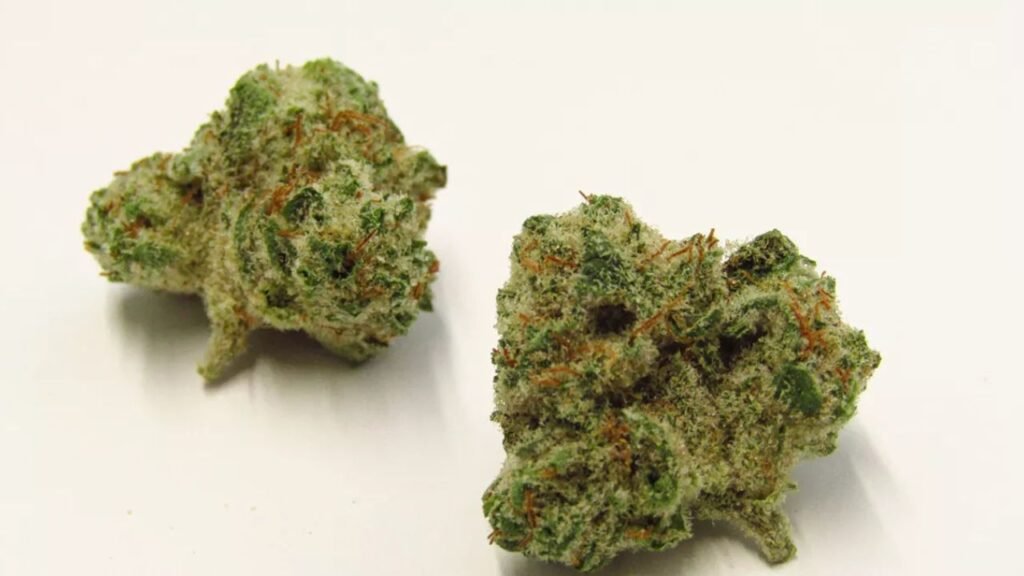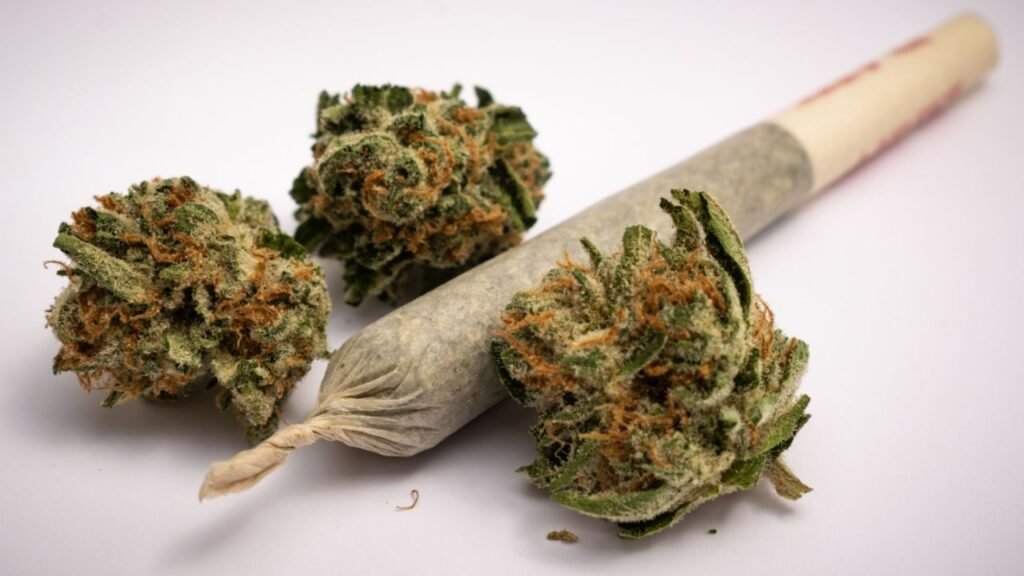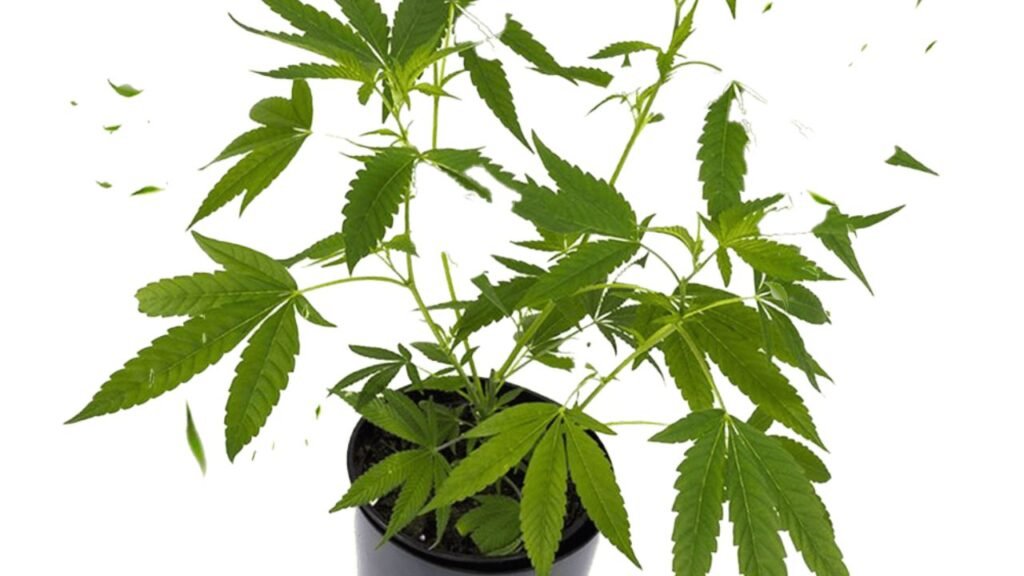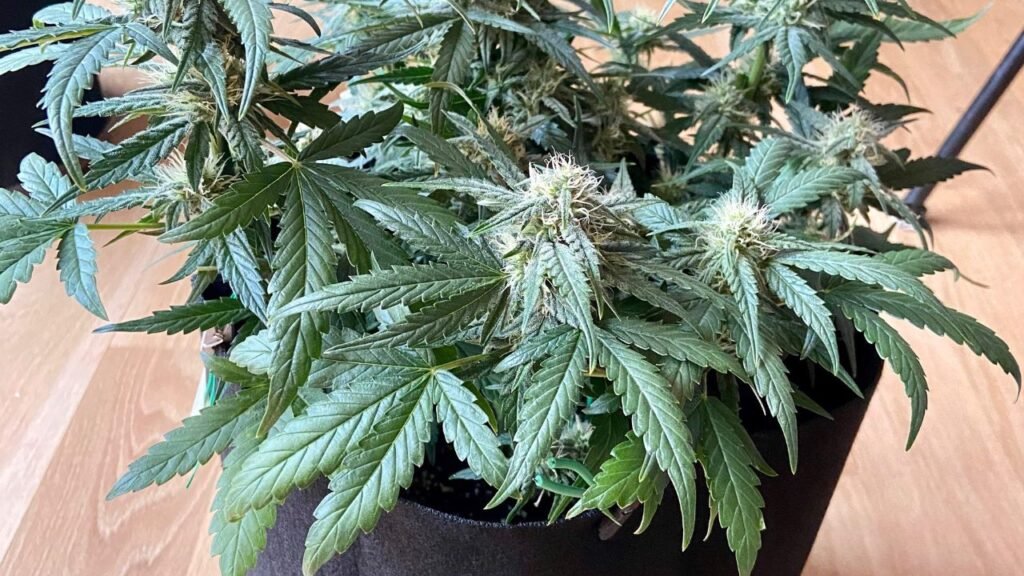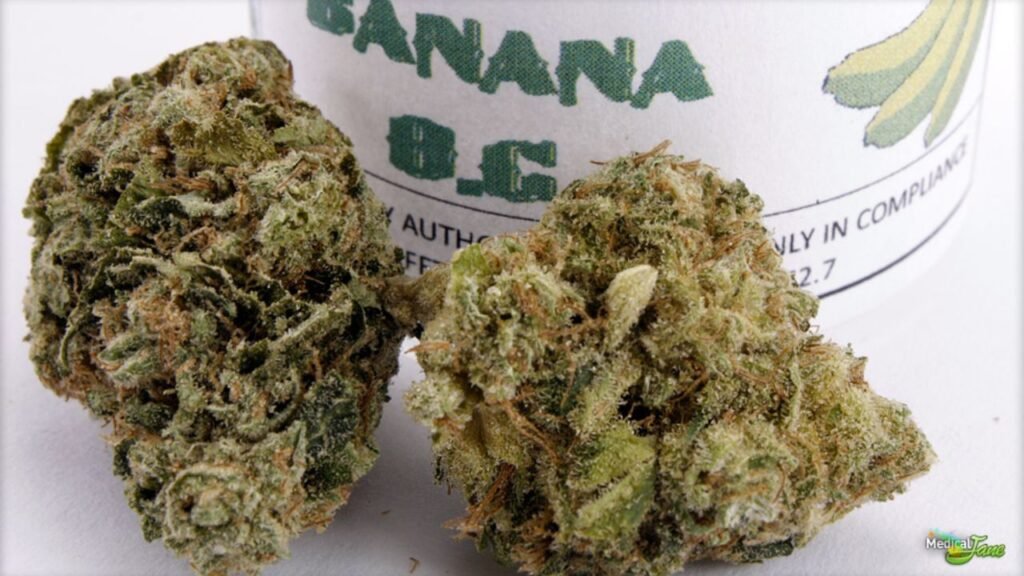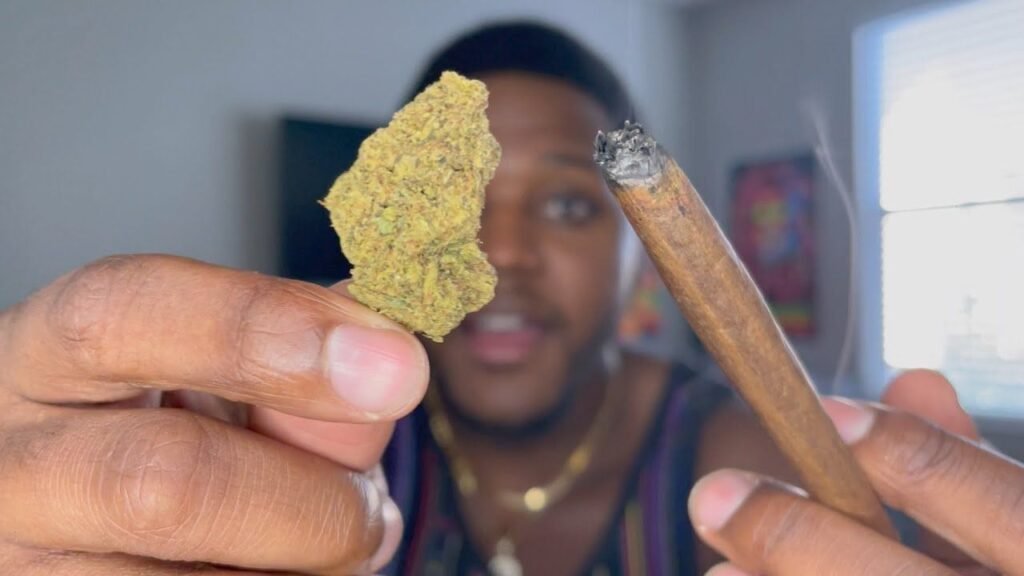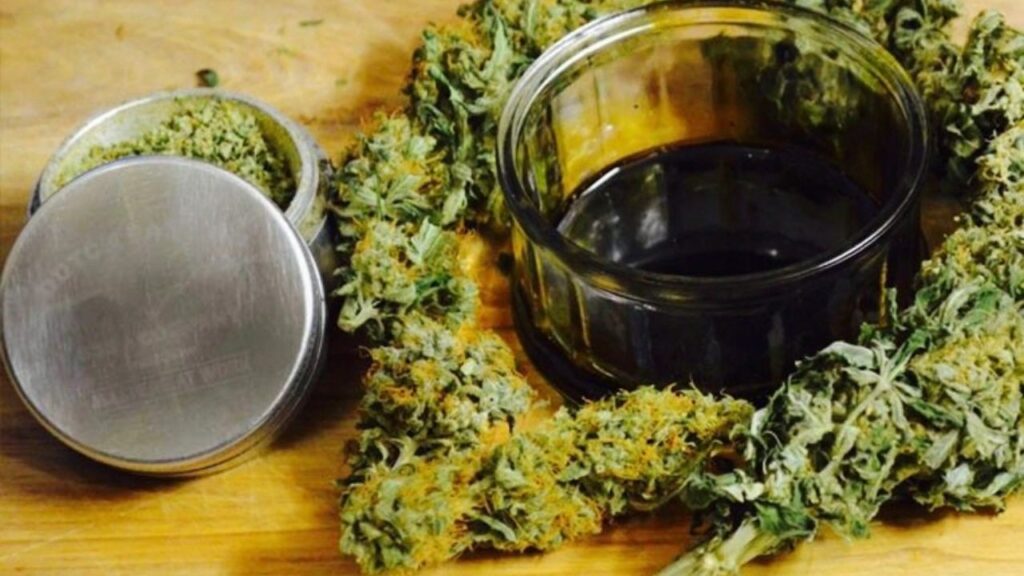Mastering Weed Nutrient Burn Management: Insider Tips For A Healthy Indoor Garden
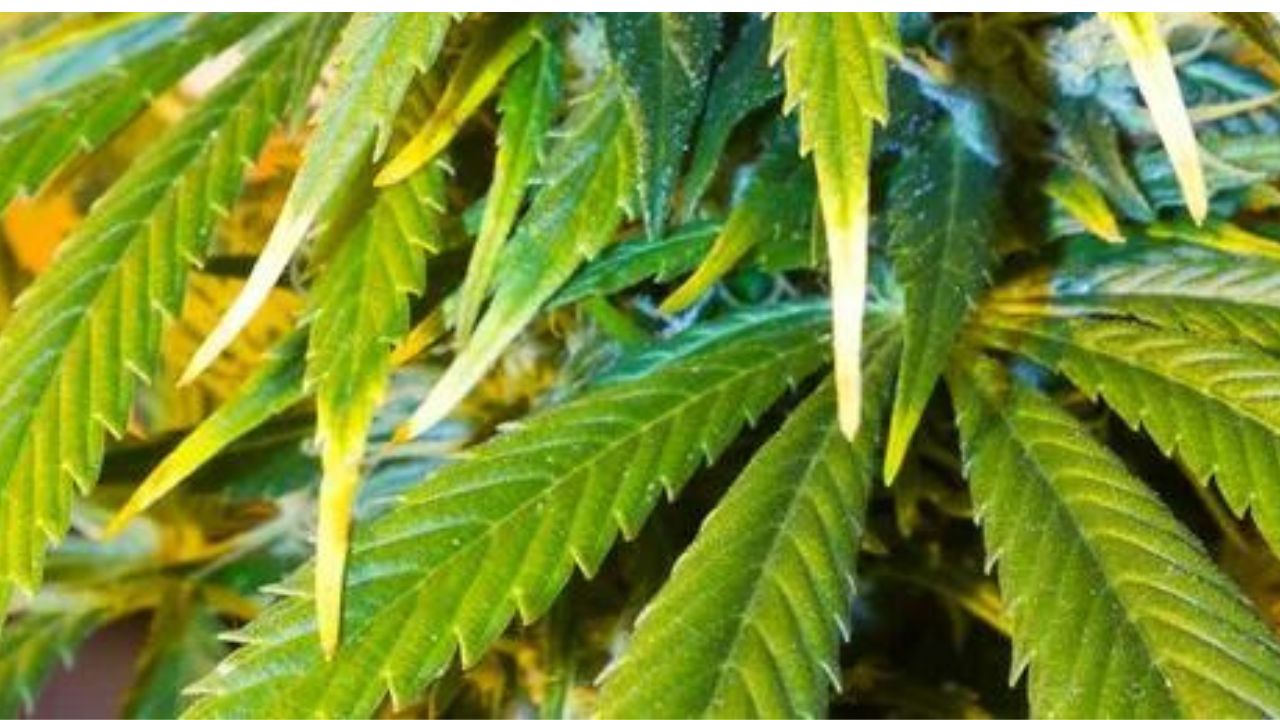
Cultivating a thriving indoor garden hinges on mastering nutrient management for cannabis plants. A common challenge many gardeners face is nutrient burn, which can impede growth and overall plant health. This comprehensive guide delves into the crucial aspects of nutrient management, offering ten insider tips to help you cultivate a vibrant and prosperous indoor garden. Additionally, we’ve included nutrient burn pictures, advice on how to treat nutrient burn, insights into nutrient burn in weed plants, a plant nutrient deficiency chart, information on cal mag lockout, and explanations for when sugar leaves turn brown.
Nutrient Burn 101: Causes and Symptoms
Identifying Nutrient Burn in Cannabis Plants
Nutrient burn occurs when your plants receive excess nutrients, leading to visible symptoms. Week 6 flowering often manifests as yellowing or browning of the leaf tips or margins. In severe cases, leaves may curl or become brittle to the touch.
Common Causes of Nutrient Burn in Indoor Gardens

Several factors contribute to nutrient burn in indoor gardens. Overfeeding with concentrated nutrients, using subpar soil or growing mediums, and incorrect pH levels are common culprits. Vigilance regarding these factors is essential to prevent nutrient burn and ensure your plants thrive.
How to Treat Nutrient Burn
Effectively addressing nutrient burn is crucial to save your cannabis plants from further harm. Follow these steps to treat a nutrient burn:
- Flush the Soil: Give your plants a thorough flush with plain, pH-balanced water to remove excess nutrients from the soil.
- Adjust Nutrient Levels: Modify your nutrient feeding regimen by reducing the concentration and frequency until your plants recover.
- Correct pH Levels: Ensure that the pH levels of your water and Organic granola soil fall within the ideal range for cannabis cultivation (usually between 6.0 and 7.0 for soil).
- Monitor Progress: Closely watch your plants’ progress and adjust as necessary. Healthy new growth should begin to appear.
Nutrient Burn in Weed Plants
Understanding nutrient deficiencies is crucial for maintaining the health of your cannabis plants. Below is a chart to help you identify and address common nutrient deficiencies:
Cal-Mag Lockout
Cal-Mag lockout is a specific nutrient problem that can affect your cannabis plants. It occurs when calcium (Ca) and magnesium (Mg) become unavailable due to imbalances in pH or excessive nutrient levels.
Sugar Leaves Turning Brown
Brown sugar leaves can indicate nutrient burn or other issues. If you observe this symptom, investigate the cause and 5 week old seedling article take appropriate action.
Nurturing Healthy Roots: Essential Precautions
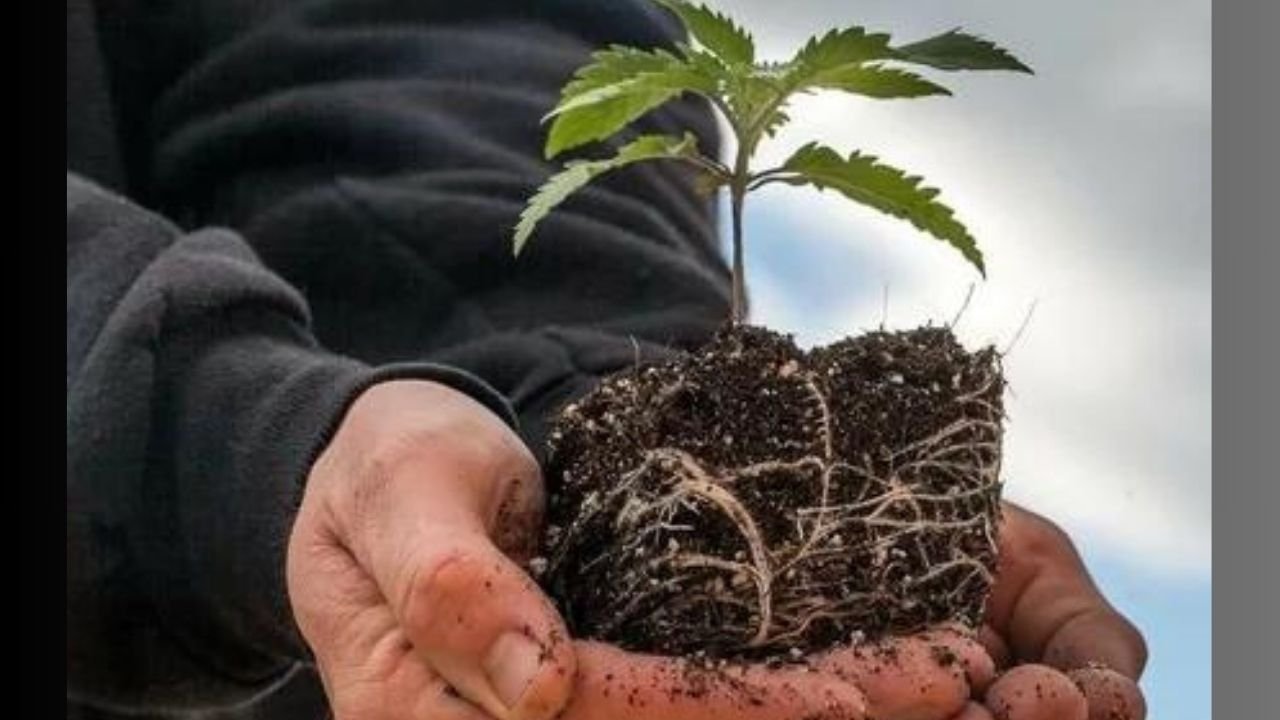
Importance of pH Balance for Optimal Nutrient Uptake
Maintaining the correct pH balance (6.0 and 6.5) is crucial for efficient nutrient absorption. Regularly test and adjust the pH of your soil or growing medium to prevent nutrient imbalances and subsequent nutrient burn.
Choosing the Right Soil or Growing Medium for Your Indoor Garden
Selecting the appropriate soil or growing medium promotes healthy root development and nutrient uptake. When choosing, consider factors such as nutrient content, drainage, and water retention.
Balancing Nutrient Levels: Dos and Don’ts

The Importance of Monitoring Nutrient Strength
Regularly monitoring your nutrient solution’s strength is essential to prevent nutrient burn. Use an EC (electroconductivity) or TDS (total dissolved solids) meter to determine the appropriate nutrient strength for your plants.
Recognizing Overfeeding and Underfeeding Symptoms
Balancing between underfeeding and overfeeding is crucial. Overfeeding can lead to nutrient burn, while underfeeding results in nutrient deficiencies. Watch for symptoms like stunted growth, yellowing leaves, or nutrient lockout to maintain the right nutrient balance.
Selection and Dilution: Picking the Right Nutrients
Understanding Different Types of Nutrient Supplements and Boosters
Various nutrient supplements and boosters are available. Choose those providing necessary macronutrients and micronutrients for each growth stage. Understanding your plant’s needs helps you make informed decisions.
Proper Dilution Techniques to Avoid Over- or Underfeeding
Follow the manufacturer’s instructions for proper nutrient dilution to prevent imbalances and subsequent nutrient burn. Accurate and careful measurement and mixing are vital.
Nutrient Scheduling: Timing is Everything
Designing a Feeding Schedule for Your Indoor Garden
Crafting a feeding schedule tailored to your indoor garden ensures a consistent, well-balanced nutrient supply. Cannabis nutrients consider the growth stage, plant dimensions, and environmental conditions. Adhering to a schedule effectively prevents nutrient imbalances and fosters robust plant growth.
The Significance of Flush Periods in Preventing Nutrient Build-up
Periodic flushing is vital to prevent nutrient build-up and subsequent burn. Flushing involves saturating the soil or growing medium with plain water to remove excess salts and minerals, ensuring efficient nutrient absorption.
Watering Tips for Optimal Nutrient Uptake

The Role of Water in Nutrient Delivery
Water plays a pivotal role in nutrient delivery to your cannabis plants. Use proper watering techniques, such as well-draining pots and even water distribution, to facilitate optimal nutrient uptake.
Importance of Proper Watering Techniques to Prevent Nutrient Accumulation
Both overwatering and underwatering can lead to nutrient accumulation and burn. Strike a balance by allowing the soil or growing medium to dry slightly between watering sessions to prevent waterlogged conditions and ensure effective nutrient absorption.
Nutrient Burn Remedies: Treating and Reviving Affected Plants
Emergency Measures for Plants Exhibiting Nutrient Burn Symptoms
Swift action is necessary when you notice nutrient burn symptoms. Trim affected leaves, flush the soil or growing medium with pH-balanced water, and temporarily reduce nutrient strength to aid plant recovery.
Introducing Flushing Methods to Counteract Nutrient Overload
Flushing the soil or growing medium with plain water counters nutrient overload, mitigating nutrient burn. Leaching excess nutrients restores balance and provides your plants with a fresh start.
The Role of Light Intensity in Nutrient Absorption
The Impact of Light Levels on Nutrient Utilization
Light intensity affects nutrient absorption. Insufficient light hinders nutrient uptake, while excessive light can cause burns. Find the right balance and provide appropriate light levels for each growth stage to optimize nutrient utilization.
Optimal Light Schedules for Healthy Nutrient Uptake
Tailor light schedules to mimic the natural sunlight cycle. During the vegetative stage, aim for 18-24 hours of light. Reduce it to 12 hours during flowering to promote bud development and nutrient absorption.
Nutrient Deficiencies vs. Nutrient Burn: Spotting the Difference
Recognizing and Addressing Nutrient Deficiencies

Nutrient deficiencies exhibit specific symptoms like yellowing or discoloration, stunted growth, or curling leaves. Identifying these symptoms and addressing specific nutrient deficiencies is crucial to prevent further imbalances. Nutrient burn typically affects leaf tips or margins, while other problems, such as pests or diseases, may have different patterns. Pay close attention to affected areas to accurately diagnose nutrient burn.
Embracing Organic Nutrient Sources for Healthy Indoor Gardens
Organic nutrient sources offer a natural, sustainable approach. Compost, worm castings, or organic amendments enhance soil fertility, promote beneficial microbes, and reduce the risk of nutrient burn. Create homemade organic nutrient mixtures using banana peels, eggshells, or seaweed extracts. These blends provide a rich mix of macronutrients and micronutrients for a well-balanced, gentle nutrient supply.
The Art of Foliar Feeding: Enhancing Nutrient Absorption
Foliar feeding applies nutrient solutions directly to leaves, boosting nutrient absorption when deficiencies occur. Use a fine mist sprayer, ensure complete leaf coverage, and avoid spraying during hot periods to prevent foliar burns. When foliar feeding, use a pH-balanced nutrient solution and moderate sessions to prevent overloading. Avoid excessive spraying, as it can lead to nutrient burn.
Nutrient Burn Prevention: Proper Environmental Control
Maintain optimal temperature and humidity levels in your indoor garden for efficient nutrient uptake. High temperatures increase transpiration rates and nutrient demand, while high humidity hinders absorption. Monitor and adjust these factors accordingly. Utilize ventilation, air conditioning, humidifiers, or dehumidifiers to regulate temperature and humidity, creating an ideal environment for nutrient absorption and overall plant health.
Choosing the Right Fertilizers for Your Indoor Garden
Select fertilizers formulated for marijuana cultivation, considering nutrient content, NPK ratios, and quality. Research or consult experienced growers for guidance. Choose reputable brands, look for organic certifications, and read reviews to ensure high-quality fertilizers. Align the nutrient requirements of your plants with your fertilizer choice to avoid nutrient burn and achieve optimal nutrition.
Macro and Micronutrients: Understanding Their Roles
Macronutrients (nitrogen, phosphorus, potassium) promote vigorous growth and health. Understand their functions and ratios to prevent imbalances. Micronutrients (iron, manganese, zinc, etc.) are essential for various plant processes. Incorporate micronutrient supplements into your feeding regimen to maintain balance and growth. Hydroponic systems offer precise control but can pose nutrient burn risks. Monitor nutrient strength and pH levels diligently to prevent nutrient burn. Adjust nutrient strength and pH to match the growth stage and requirements in hydroponics. Promptly address signs of nutrient burn.
Troubleshooting Common Nutrient Burn Issues

Dealing with Persistent Nutrient Burn Problems
Persistent issues may require analysis and adjustments in nutrient strength, pH, watering routines, or growth medium. Seek advice from experienced growers or professionals. Consult professional growers or horticulturists for tailored guidance and solutions for severe cases or persistent imbalances.
Summary: Achieve Optimal Nutrient Balance in Your Indoor Garden
In summary, mastering nutrient management is crucial for a successful indoor garden. Familiarize yourself with nutrient burn causes and symptoms, nurture healthy roots, maintain nutrient equilibrium, make informed nutrient choices, and adhere to correct nutrient scheduling, watering practices, and environmental control. Including nutrient burn pictures for visual reference and learning how to treat it effectively is beneficial. Understanding nutrient burn in weed plants, recognizing nutrient deficiencies through a nutrient deficiency chart, addressing cal mag lockout, and dealing with concerns like sugar leaves turning brown are essential for successful cannabis cultivation.
FAQs:
What are the early signs of nutrient burn in cannabis plants?
- Early signs include yellowing or browning leaf tips or margins, leaf curling, or crispy leaves.
Can nutrient burn be reversed? How?
- It can be reversed in mild cases by trimming affected leaves, flushing with pH-balanced water, and reducing nutrient strength. Severe cases may require more extensive measures and professional guidance.
How often should I perform soil flushes?
- Perform soil flushes every 4-6 weeks or when nutrient imbalances or burn symptoms occur.
Are organic nutrients safer than synthetic alternatives?
- Organic nutrients are generally considered safer and more sustainable. Ensure proper application to prevent imbalances.
Can nutrient burn affect the potency of cannabis buds?
- It primarily affects plant health but may indirectly impact potency by hindering growth.
Call to Action:
Seeing burnt tips or crispy leaves? You might be dealing with weed nutrient burn. Don’t ignore the signs—early action saves your crop. Learn how to spot, fix, and prevent nutrient overload before it ruins your grow. From flushing techniques to adjusting your feeding schedule, we’ve got you covered. Whether you’re a beginner or a seasoned grower, this guide will help you keep your plants healthy and thriving
Conclusion
Nutrient burn can seriously damage your cannabis plants if left unchecked. By learning to recognize the early signs—like yellow or burnt leaf tips—and acting fast with proper flushing and feeding adjustments, you can prevent long-term harm. Always start with lighter nutrient doses and monitor your plants closely. Healthy growth depends on balance, not excess. Stay consistent, stay observant, and your plants will reward you with a strong, clean harvest.
Read More>>>>>>> Mastering Weed Nutrient Burn Management: Insider Tips For A Healthy Indoor Garden
Visit Our Shop: https://cannabisshoponline420.com/shop/

